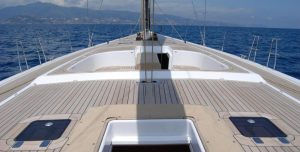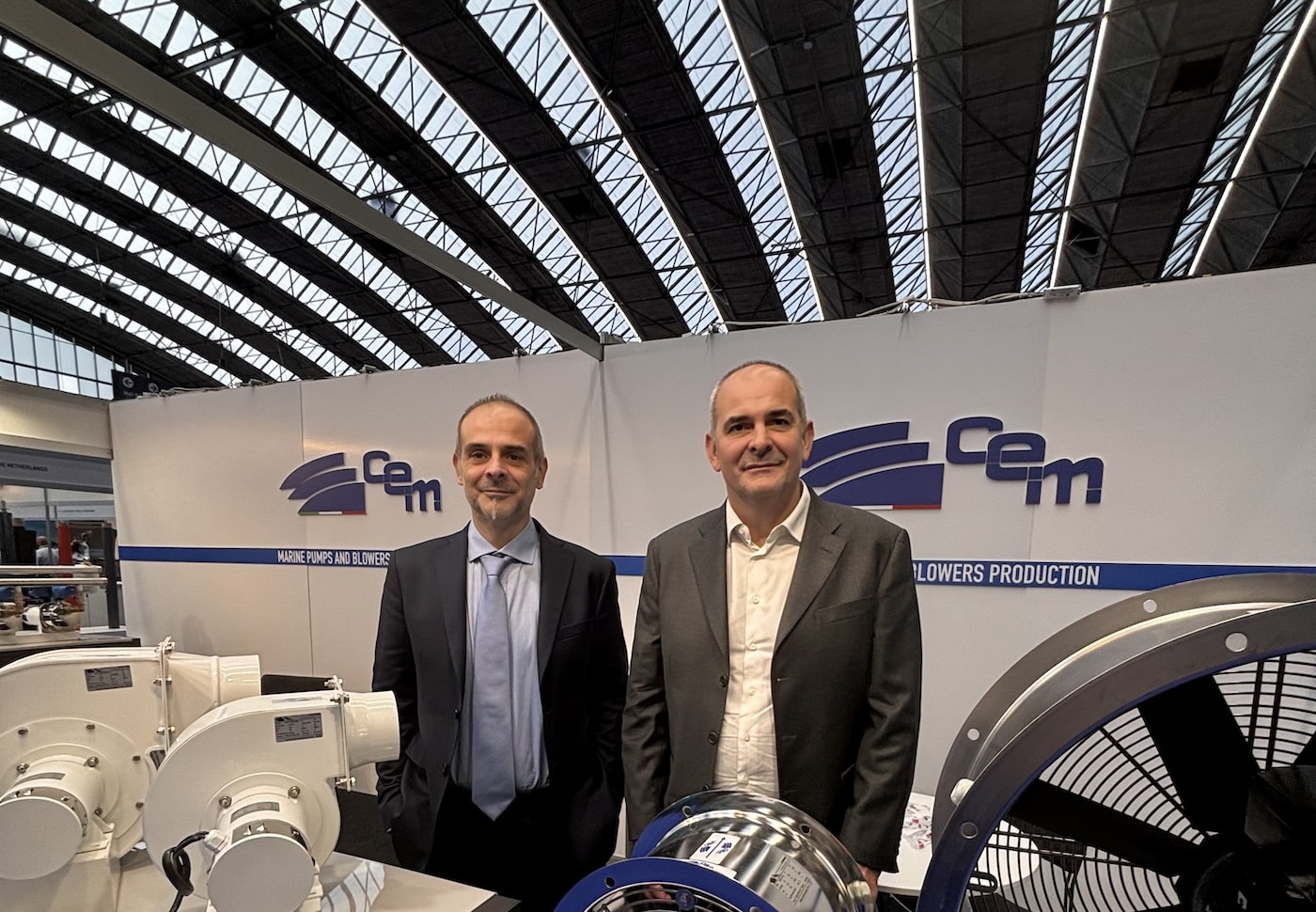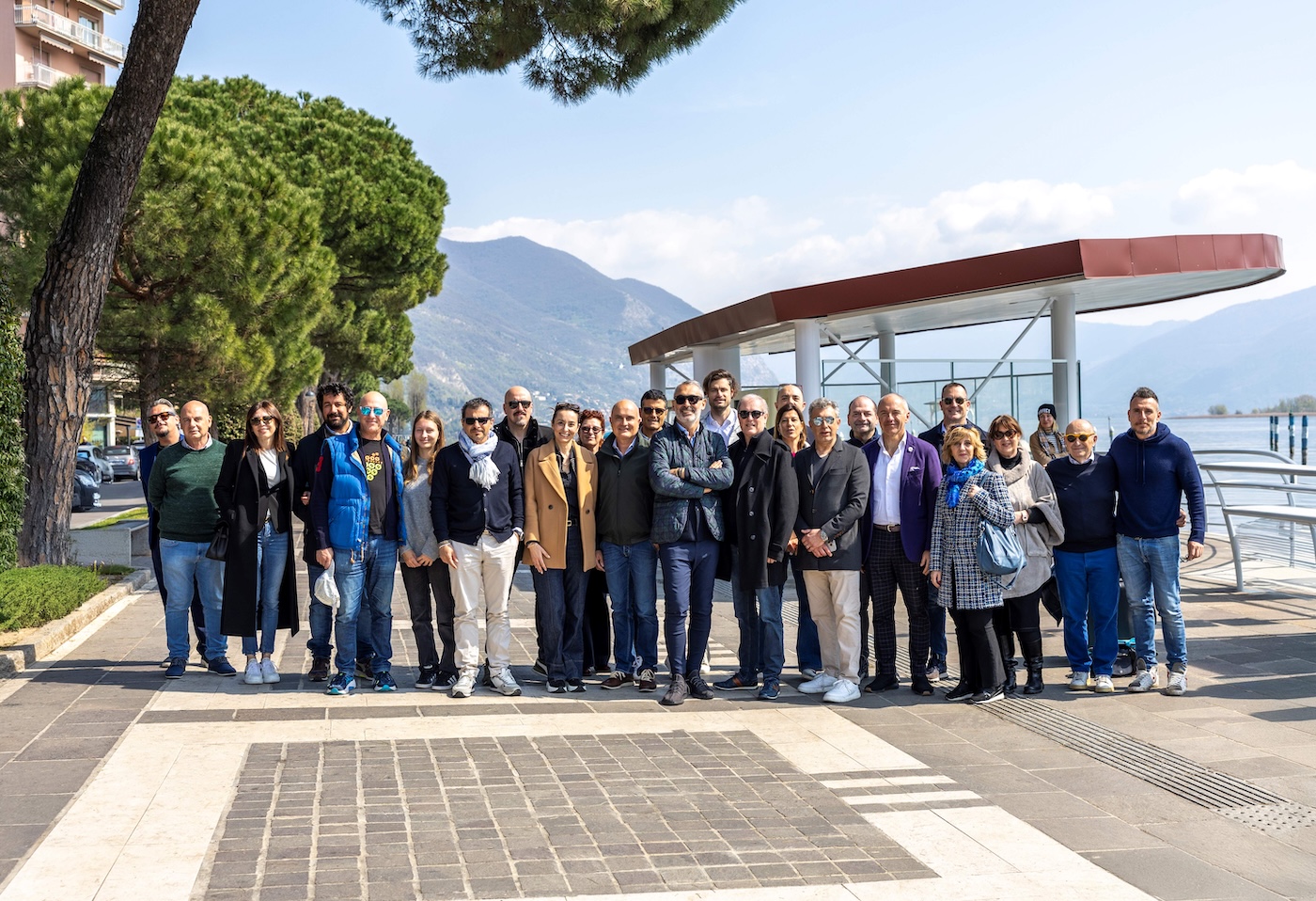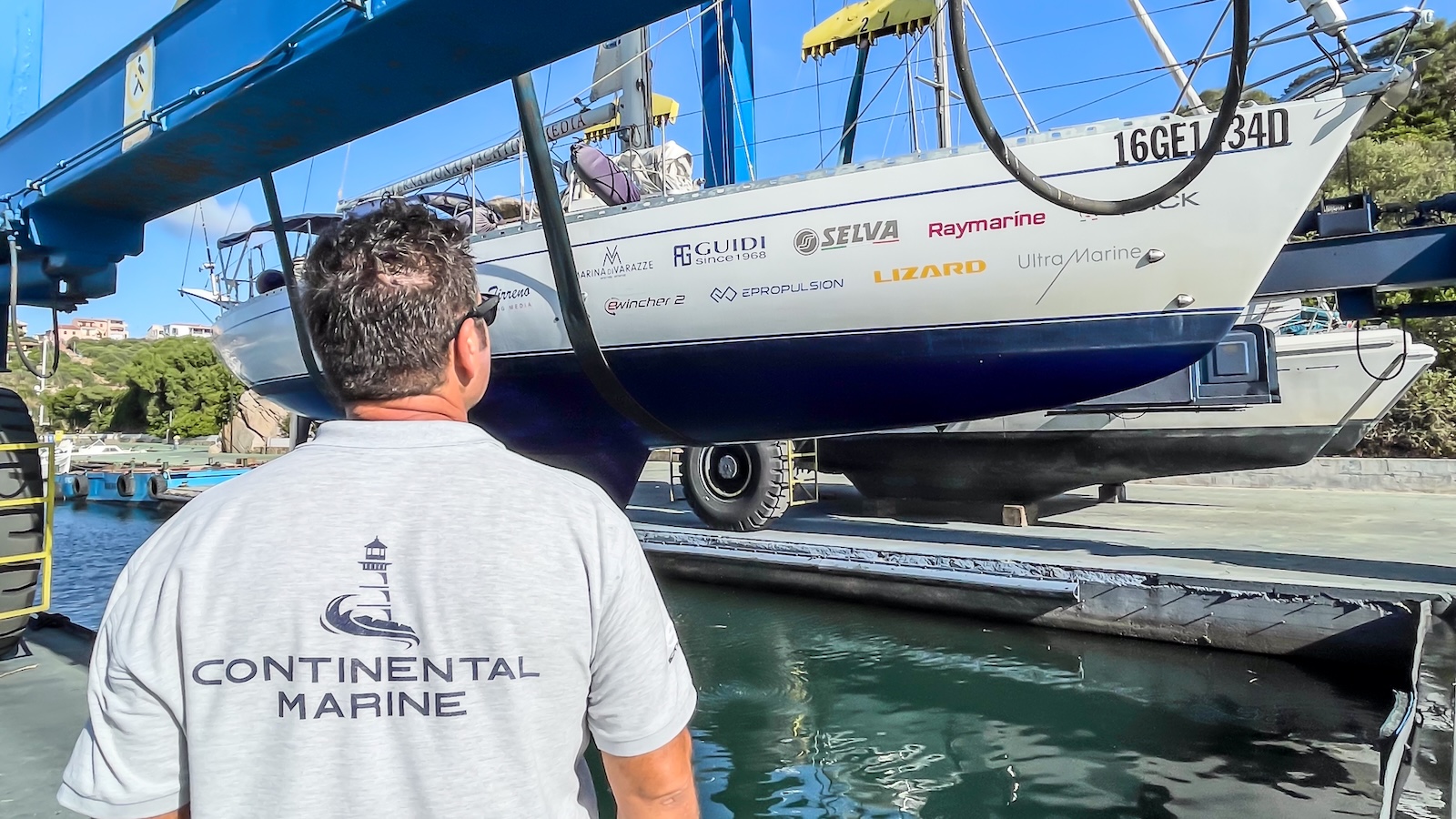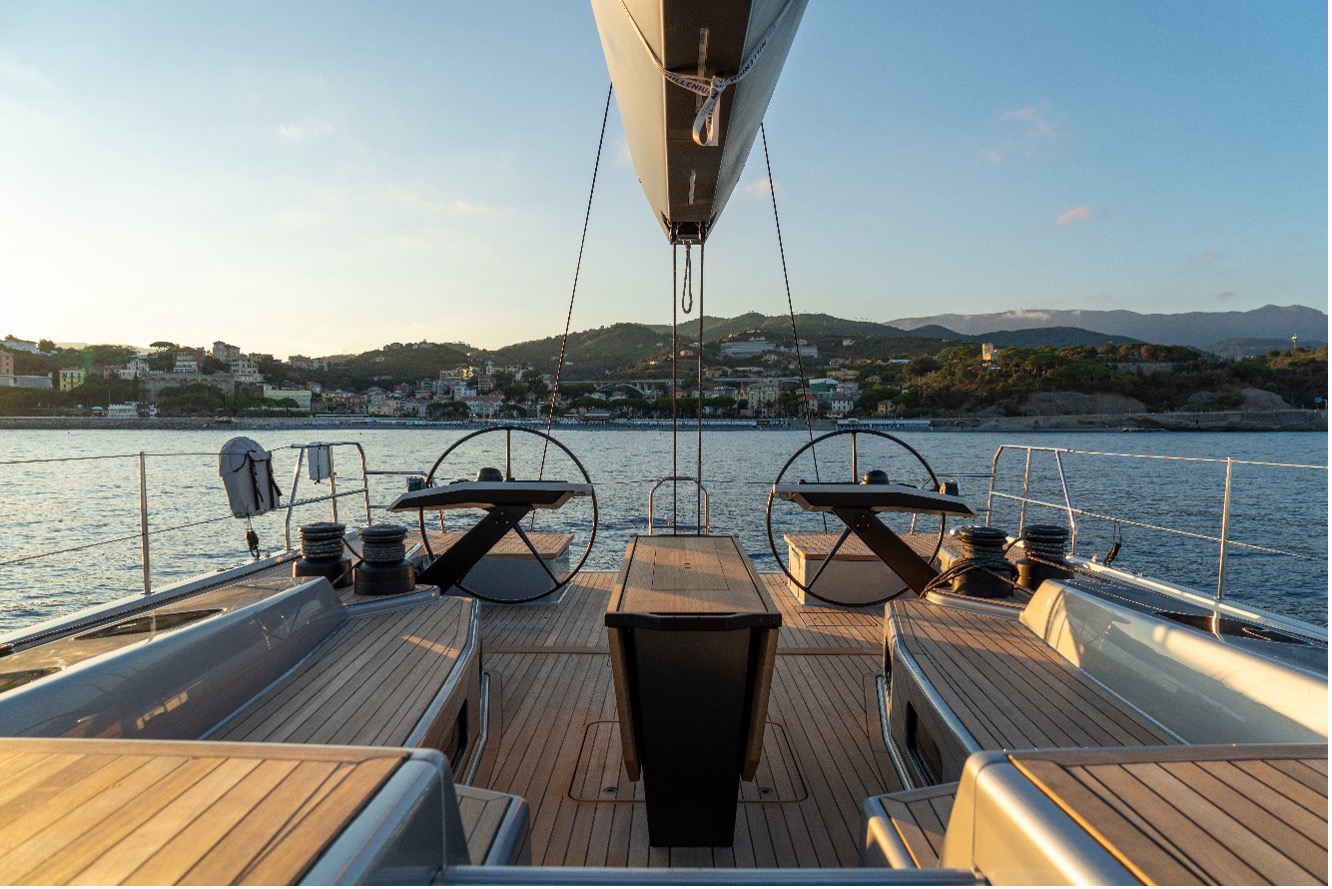There has always been an air of mystery surrounding the definition of a bluewater cruiser. On the one hand, it has always been difficult to specify the characteristics a boat should have to be able to boast this title, and on the other hand, shipyards have misused the definition as a synonym for seaworthiness and construction quality.
Of course, the Collins dictionary comes to our aid with its definition of the term: “designed to operate on and range over the open sea; ‘ocean going“. Unfortunately, however, even then there is still some confusion because some people today might think that all modern boats, homologated in CE A category, could belong to this group but, mind you, there is nothing more wrong than making this association.
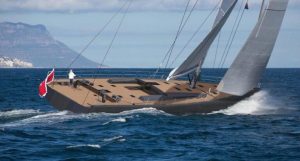
Then progress took hold in this market segment too and people began to think that a fast boat can also get around low pressures and that speed itself is an important parameter because it reduces the boat’s time spent out at sea.
Easy handling has also had a significant influence on the metamorphosis of modern bluewater cruisers. Today it is no longer necessary to take on a large crew and, especially when conditions get harsh, a boat that is easy to handle is always safer than a “complex” one.
To untangle this tangle of concepts, and also to get an authoritative opinion from us, we asked Umberto Felci, one of the most prolific and famous yacht designers and planners of recent years who, even after the planetary success of the latest Ice 70, is a point of reference when it comes to bluewater cruisers.
Umberto, what are the characteristics that a modern bluewater cruiser must have?
Of course safety comes first, but nowadays it is more important to have the overall performance of the boat, i.e. its stability and balance, its passage over the waves and, even more so, the possibility of having total control of the boat simply and in every situation.
Speed, as you rightly said, is another important factor for this type of boat, which is certainly not for racing, but it must be able to sail fast, in both light and strong winds.
A modern bluewater cruiser is capable of respectable daily mileage averages, which it achieves quite simply, without having to have a racing crew. The polars of our designs are adhered to with absolute precision, usually to the first decimal place, which is very important, both for the planning of crossing times and for the owner’s satisfaction. It’s a standard to which our way of designing has accustomed us.
However, what has become quite standard in the construction of modern bluewater cruisers, regardless of the size of the boat, is the concrete possibility of completely customizing them, adapting the overall design to one’s very personal needs and, above all, to one’s sailing objectives. The advent of retractable drifts, for example, makes it possible to navigate with contained angles of heel, but also to be able to anchor in relatively shallow waters once you have reached your destination.
Bluewater cruisers don’t sail all the time, so how do you deal with the interiors of these boats, where the time spent on board is certainly longer than that of a ‘normal’ cruiser?
This is where factors other than purely technical ones or prevailing functional requirements come into play, as in naval architecture or superstructure design. This is where taste comes into play, as well as the relationship with the client, and the fact that everyone wants to be the co-designer of their own living space, and rightly so.
In the case of Thalassa, of course, the theme was a strong one, suggested by the client who, due to his cultural background, wanted a very classic interior in line with the stylistic features of larger luxury yachts. So we spent a lot of time looking for a classic style which we tried to give a contemporary, tasteful, elegant and functional feel.
Virtual reality, a tool we use more and more frequently, allowed us both to involve the client intensively and to make the best use of the spaces, allowing us to propose a layout for this 70-footer with sleek volumes that is usually seen on much larger boats.

